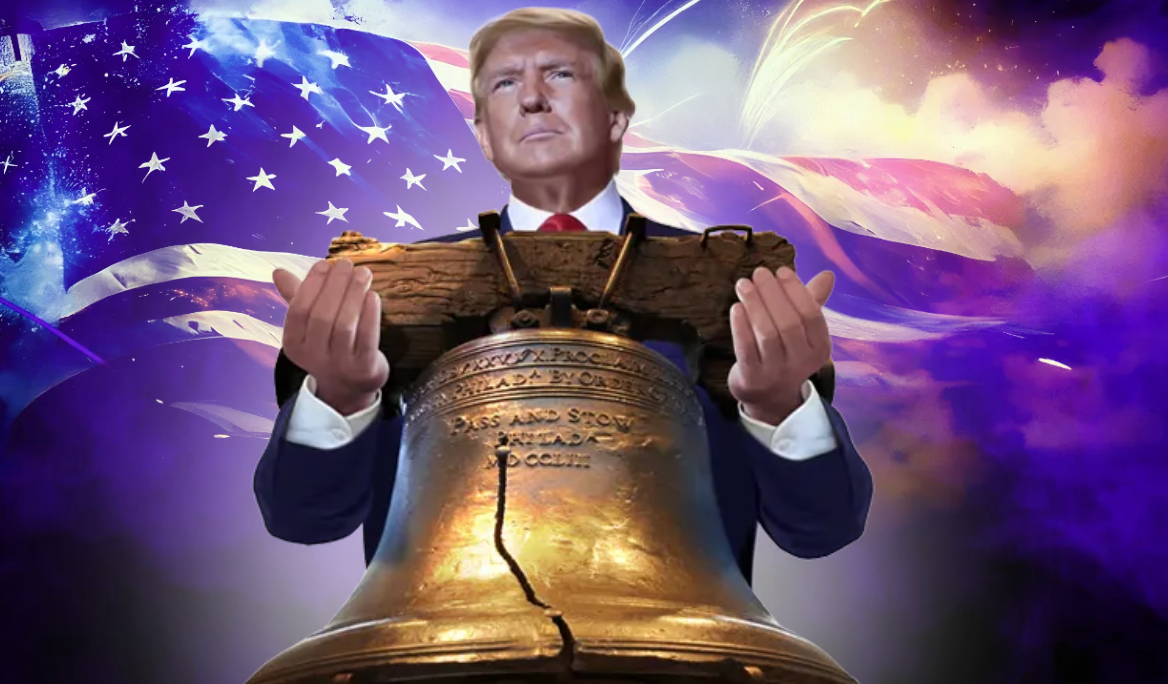Trump Organization Files "TRUMP" Trademark for Metaverse and NFT Platform

The Trump organization is taking steps to broaden its presence into the crypto landscape with a new trademark filing. On February 24, 2025, Donald Trump's media organization DTTM, the entity responsible for managing the organization’s trademarks, submitted an application to the United States Patent and Trademark Office for the term “TRUMP.” This filing, based on an “intent to use” premise, indicates the company’s plans to launch a range of digital offerings under the well-known brand. The application details an expansive vision that includes a virtual world branded with the TRUMP name, where users can interact in a variety of ways.
In this proposed metaverse, individuals would have the opportunity to purchase and wear virtual clothing, shoes, and hats bearing the TRUMP label. The virtual space would also house a TRUMP-branded restaurant, providing users with a simulated dining experience. Beyond these features, the trademark filing extends into educational and professional services, offering virtual training programs in areas like public service, business, civics, fundraising, real estate, construction, and hospitality management. A standout element of the plan is the inclusion of a digital marketplace, where users could trade digital goods and cryptocurrencies, with all transactions tied to content approved by the 45th and 47th President of the United States and verified through non-fungible tokens, commonly known as NFTs.
While the timeline and specifics of this digital project remain uncertain, the filing reflects the Trump organization’s interest in tapping into the expanding metaverse and blockchain based economies. This move aligns with a broader trend, as numerous companies are investing in virtual experiences to engage modern audiences. Whether this venture fully comes to fruition, it demonstrates an intent to keep the TRUMP brand relevant in a world increasingly shaped by digital innovation.

A Closer Look at the Digital Strategy
The scope of the trademark application is notably comprehensive, covering a wide array of goods and services. It includes downloadable software for managing cryptocurrency transactions and NFTs via blockchain technology, as well as virtual reality game software and related accessories like headsets and controllers. The filing also outlines plans for downloadable virtual goods, such as image files of apparel, footwear, and accessories, all designed for use in online virtual environments. On the services side, the application describes an online marketplace for trading these digital assets, alongside virtual retail stores offering both physical and virtual products, ranging from clothing to furniture.
The educational component is another key focus, with virtual training and coaching services aimed at fields tied to the Trump brand’s identity, including real estate and public speaking. Entertainment offerings, such as online games and simulated restaurant experiences, add a layer of engagement to the proposed platform. Additionally, the filing emphasizes blockchain as a role in authenticating transactions and content, reinforcing the organization’s commitment to a secure and exclusive digital ecosystem.
This strategic pivot comes at a time when virtual worlds are gaining traction, driven by advancements in technology and growing consumer interest. The Trump organization’s filing suggests a calculated effort to blend its established brand with emerging digital trends. An interesting sidenote is the context of the application’s review process, as it relies on government employees at the Patent and Trademark Office, a group that has faced scrutiny and workplace changes under past Trump administration policies. Regardless of these dynamics, the trademark filing positions the organization to explore new avenues for growth, bridging its traditional business roots with the possibilities of a digital future. How this vision unfolds will depend on execution, but the groundwork is now in place for a distinctive entry into the metaverse.

